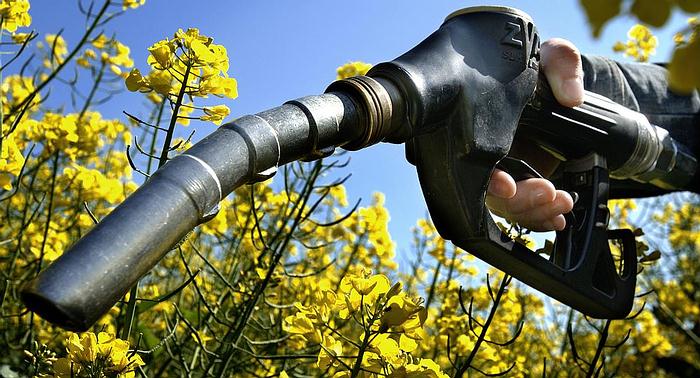In the heart of the Colombian Caribbean, sugarcane and palm oil fields are no longer just agricultural symbols—they are becoming key pillars of the country’s energy transition. These traditional crops are now powering a shift toward cleaner transport through the production of biofuels in Colombia.
From Crops to Fuel: The Agricultural Foundation of Biofuels in Colombia
Biofuels in Colombia have been part of the national fuel mix for over two decades. Since the early 2000s, gasoline has been blended with bioethanol and diesel with biodiesel—both derived from local crops. Sugarcane, cultivated mainly in the Valle del Cauca and the Caribbean region, is harvested every 9 to 16 months. Once cut, it is rapidly sent to sugar mills where it begins its transformation into bioethanol.
Palm oil follows a slower, long-term process. After initial nursery growth, trees take 3 to 4 years to bear fruit, producing for over 20 years. The palm fruits are processed in extraction plants to yield crude palm oil, later converted into biodiesel through transesterification.
Read more: Bucaramanga Promotes Sustainable Mobility with Natural Gas Trucks.
The Transformation Process: Bioethanol and Biodiesel Production
In sugar mills, sugarcane juice is fermented, distilled, and dehydrated to produce high-purity bioethanol, which is blended into gasoline at a national mandatory rate of 10% (and up to 12% in some regions).
Palm oil, by contrast, undergoes chemical transformation into biodiesel, mixed with fossil diesel at similar proportions. This process allows Colombia to decrease its reliance on petroleum while leveraging agricultural potential.
Biofuels in Colombia flow through a nationwide logistics chain: transported by tanker trucks to blending plants, mixed with fossil fuels, and distributed to gas stations. For the average user, the difference is invisible—vehicles require no modification—but the environmental benefits are significant.
Usage and Environmental Impact of Biofuels in Colombia
Gasoline-powered cars, motorcycles, and taxis in Colombia use fuel blends containing bioethanol, while biodiesel powers public buses, cargo trucks, agricultural machinery, and even river vessels. Some pilot projects and institutional fleets are testing high-blend or even 100% biodiesel (B100), which requires engine modifications.
The environmental impact is substantial. According to Carolina Rojas, president of Fedebiocombustibles, biofuels in Colombia have helped avoid 41 million tons of CO₂ emissions over the past 20 years—equivalent to 84% of all transportation sector emissions in one year. Additionally, the sector has cut 8,000 tons of particulate matter, reducing respiratory diseases in urban areas.
Looking ahead, the industry aims to avoid 5 million tons of CO₂ annually by 2030, eliminate over 1,200 tons of particulate matter per year, replace 37,000 barrels of fossil fuels daily, and generate 100,000 jobs.
Challenges and the Path Forward for Biofuels in Colombia
Despite its potential, the biofuels in Colombia sector faces critical challenges. Producers are urging the government to provide stable public policies, financial incentives, and greater investment to expand production capacity and meet growing demand.
“This new law is not just a technical requirement—it’s a national commitment to sustainability,” said Rojas. The collaboration between government, legislature, and private sector will be vital for ensuring the long-term success of biofuels in Colombia.







